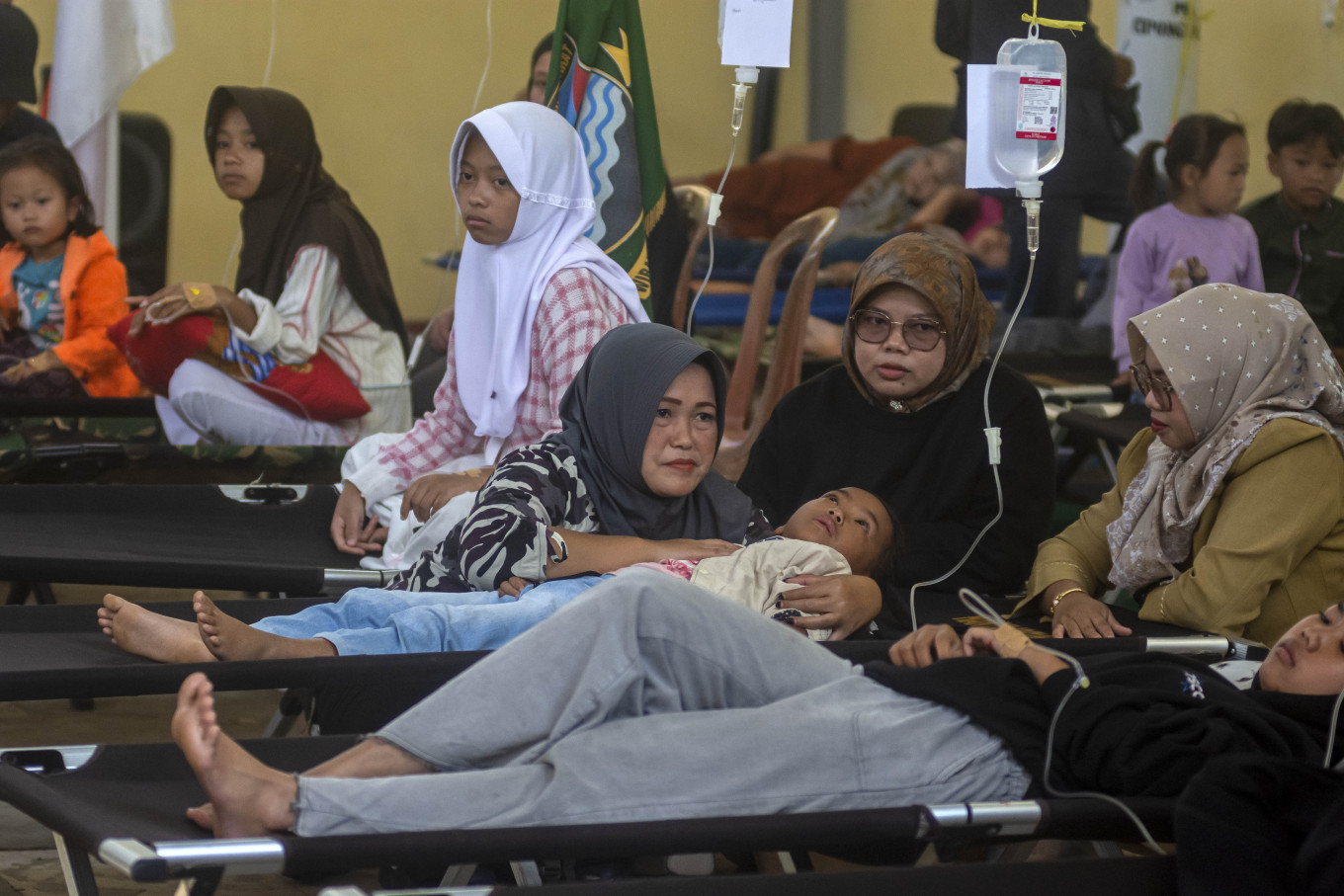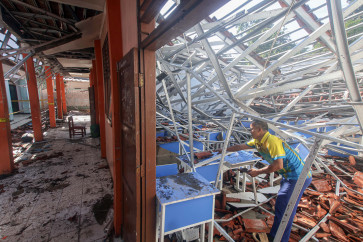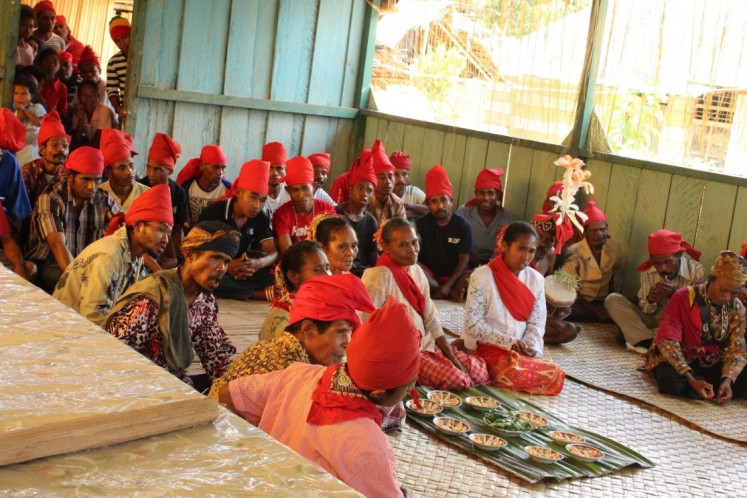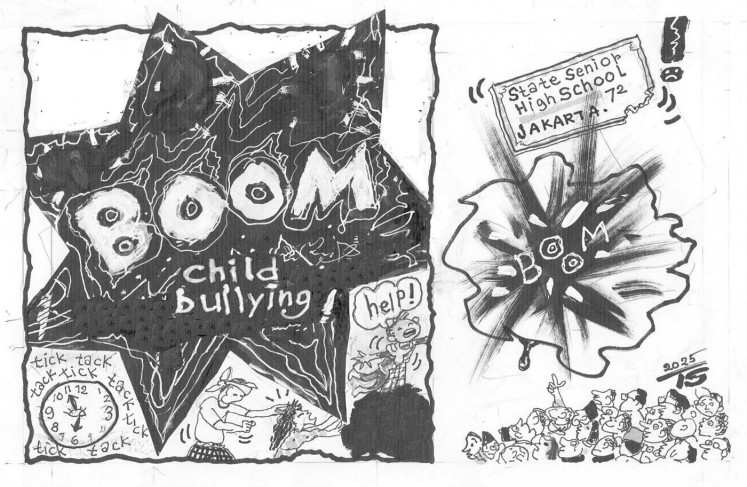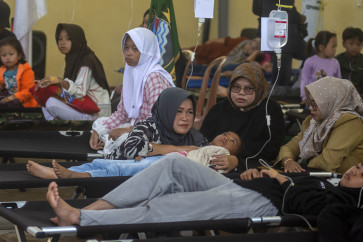Popular Reads
Top Results
Can't find what you're looking for?
View all search resultsPopular Reads
Top Results
Can't find what you're looking for?
View all search resultsMBG: Rushed policy, preventable tragedy
A well-intentioned policy has devolved into a public health tragedy because it was rolled out hastily, without a solid foundation.
Change text size
Gift Premium Articles
to Anyone
T
he number of poisoning victims from the Free Nutritious Meal (MBG) program continues to rise, now reaching 7,368 people according to data from the Center for Indonesia’s Strategic Development Initiatives (CISDI), at the time of writing.
In West Bandung Regency of West Java alone, the Health Office recorded more than a thousand cases across several separate incidents. New reports are still emerging, suggesting the number will likely continue to climb.
The MBG program was promoted as a government breakthrough to improve children’s nutrition. The idea was simple: every student, from elementary through high school, would receive a free nutritious meal to enhance their nutritional status, sharpen concentration in class and reduce inequality in access to healthy food.
Yet the reality has been far from the promise. A well-intentioned policy has devolved into a public health tragedy because it was rolled out hastily, without a solid foundation.
From the outset, the problems were already foreseeable. MBG was bound to struggle because most schools in Indonesia do not have kitchens at all. Without basic facilities, safe meal preparation and storage are nearly impossible. Food had to be cooked elsewhere, often stored in rooms without temperature control, then transported to schools in vehicles without cooling or heating equipment. Meals that were safe when freshly cooked could quickly become dangerous long before reaching the students.
These mass food poisoning cases were in fact predictable, had basic food safety principles been respected. One of the most fundamental is the concept of the “danger zone”, the temperature range between 5°C and 60°C where bacteria multiply rapidly. Cooked food must either be kept hot until served or kept cold if stored for later use. Once food is left at room temperature for too long, the risk of poisoning increases dramatically.
In many developed countries, these rules are enforced with strict discipline. Hot meals are stored in insulated containers to maintain temperature, while cold food is kept chilled or frozen. Every temperature deviation is recorded, and if safety thresholds are crossed, the food is immediately discarded without compromise, because children’s safety comes first.

